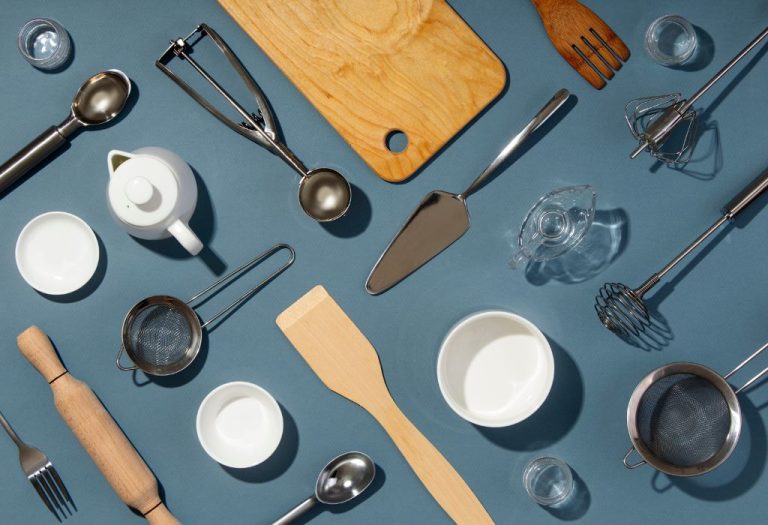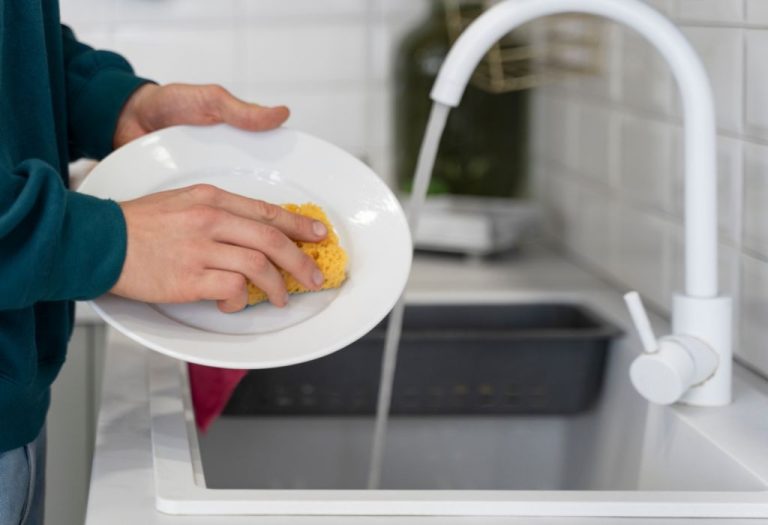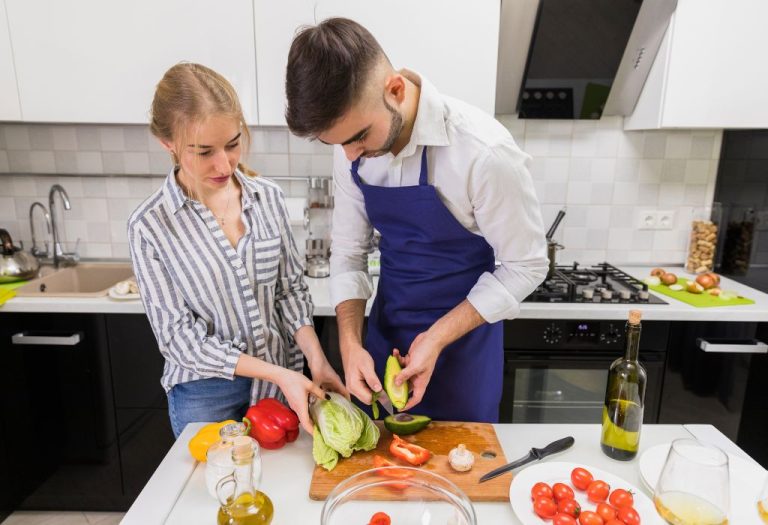A new ceramic pan often shines like a jewel in the kitchen, promising healthier cooking and effortless cleanup. Yet after a few weeks of daily use, faint scratches begin to appear, leaving many cooks frustrated and concerned.
This raises a critical question: does ceramic cookware scratch when used daily in kitchens? Curiosity grows as people wonder whether these marks are harmless signs of wear or early warnings that performance and safety are at risk.
The problem is more common than most realize. Studies show that ceramic coatings typically lose their nonstick effectiveness within two to three years of regular use, with surface abrasions playing a major role in this decline (Bob’s Red Mill).
At the same time, the global cookware market is expanding rapidly, projected to reach over 44 billion USD by 2032 as more households invest in “healthier” nonstick options (Medium). With ceramic cookware gaining popularity, understanding how scratches form and how to prevent them is becoming increasingly important.
The benefit of learning proper care is clear. With the right techniques, ceramic cookware can maintain its glossy finish and nonstick performance far longer, saving money and improving cooking results.
Understanding Ceramic Cookware and Scratch Risk

Ceramic cookware is often praised for its sleek look and promise of healthier cooking. Shoppers are drawn to its nonstick surface, which allows food to release easily without excess oil.
Most modern ceramic cookware is not made entirely of ceramic. Instead, it is typically a metal base such as aluminum or stainless steel coated with a silica-based ceramic layer. This thin layer provides the smooth, glossy finish that makes pans attractive and easy to clean.
The downside is that ceramic coating is delicate compared to other nonstick options. While it resists high heat better than PTFE, it is more vulnerable to surface abrasion.
Everyday kitchen habits can accelerate wear. Utensil choice, storage, and even cleaning techniques play a significant role in determining how long the coating remains scratch-free.
Once scratches appear, they often spread quickly. This not only affects the appearance of the cookware but also its durability and overall lifespan.
What is ceramic cookware made of?
Ceramic cookware usually has a metal body with a thin ceramic coating applied for nonstick performance.
Why does ceramic coating scratch easily?
The coating is a fine layer that can wear down when exposed to metal utensils or rough cleaning pads.
Is ceramic more scratch-resistant than PTFE?
Not always. Ceramic tolerates higher heat, but PTFE often holds up better against repeated abrasion.
Does the nonstick layer weaken with use?
Yes. Regular cooking and cleaning gradually erode the coating, making scratches more likely over time.
Can scratches shorten the lifespan of ceramic cookware?
Absolutely. Once the protective layer is damaged, performance declines and replacement may be needed sooner.
Common Causes of Scratches When Used Daily
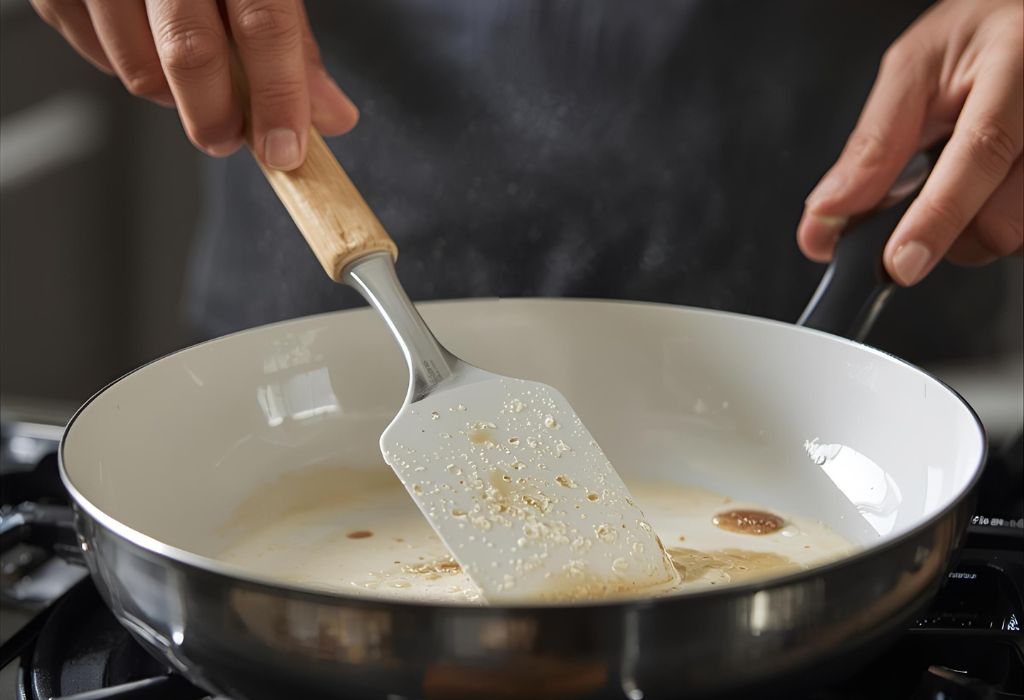
Daily use exposes ceramic cookware to a variety of stressors. Small habits that seem harmless can quickly damage the delicate ceramic coating.
One of the most common issues is the use of metal utensils. Spatulas, whisks, and forks can leave permanent marks on the nonstick surface.
Stacking pans without protection is another hidden problem. When cookware rubs against each other, the glossy ceramic layer wears down.
Excessive heat also plays a role. While ceramic tolerates higher heat than PTFE, prolonged exposure makes the coating brittle and easier to scratch.
Cleaning methods are equally important. Abrasive pads and harsh detergents strip away the smooth finish and shorten the cookware’s lifespan.
Finally, general wear from repeated cooking contributes to gradual coating degradation. Over time, scratches accumulate even with careful use.
Do metal utensils cause scratches?
Yes. Direct contact with forks, knives, or metal spatulas damages the ceramic layer almost immediately.
Does stacking pans scratch them?
Yes. Friction between surfaces leads to chips and scratches unless protective pads are used.
Can high heat lead to scratching?
Indirectly. High heat makes the ceramic layer brittle, increasing its susceptibility to damage.
Do abrasive cleaners scratch ceramic cookware?
Yes. Steel wool and rough scrubbing pads scrape away the nonstick surface.
Does coating degradation over time cause scratches?
Yes. As the coating weakens, it becomes more prone to scratching and visible wear.
Health & Safety Concerns of Scratched Ceramic Cookware
Scratched ceramic cookware is more than a cosmetic issue. When the protective layer weakens, questions about safety and food quality arise.
Many ceramic pans are marketed as non-toxic and free of PFAS or PTFE. Still, scratches may expose the underlying metal, which changes how the cookware interacts with heat and ingredients.
If the metal base is aluminum, exposure can raise concerns about potential leaching, especially at high temperatures. This risk is small but important for health-conscious households.
Another issue is performance. A scratched pan loses its nonstick ability, requiring more oil or butter, which reduces the health benefits of ceramic cookware.
Safety also depends on the brand and manufacturing process. High-quality coatings tend to chip less, while cheaper pans may degrade quickly.
Are scratched ceramic pans toxic?
Generally no, but once scratched, they lose their nonstick benefits and should be replaced for safety.
Can chemicals leach when the coating is gone?
Yes, if the underlying metal is exposed, especially aluminum, leaching becomes possible.
Are ceramic pans always safe when labeled “nontoxic”?
Not always. Some may contain binders or additives that degrade under stress.
Should scratched ceramic cookware be replaced?
Yes. Experts recommend replacing pans when scratches are visible to avoid contamination and poor cooking results.
Does scratching affect cooking safety overall?
Yes. Beyond appearance, scratches reduce efficiency, increase sticking, and raise health concerns.
Best Practices to Prevent Scratches & Extend Lifespan
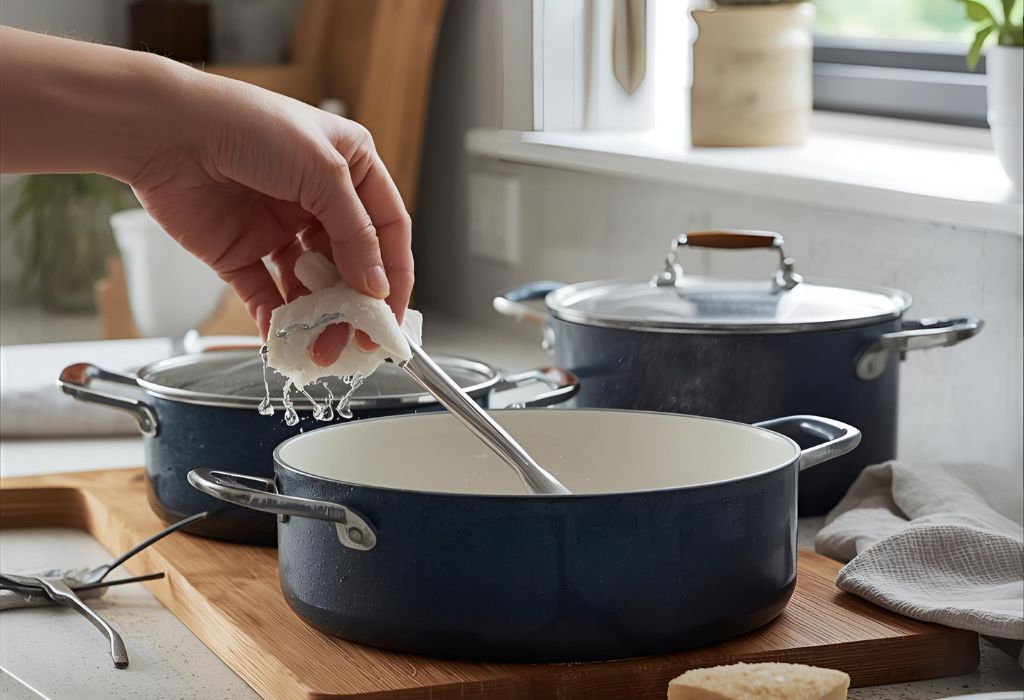
Ceramic cookware can last much longer when handled with care. Simple daily habits make a significant difference in preserving the smooth, nonstick surface.
The first priority is choosing the right utensils. Wooden, silicone, or nylon tools are gentle and prevent direct abrasion on the coating.
Heat management also matters. Cooking on low to medium heat helps maintain coating integrity, while high temperatures accelerate brittleness.
Cleaning techniques are equally important. Hand-washing with mild soap and a soft sponge protects the surface, unlike abrasive scrubbers that cause damage.
Storage can either extend or shorten the cookware’s lifespan. Using pan protectors, towels, or hanging racks avoids unnecessary friction between pans.
Even with the best care, ceramic nonstick eventually wears down. Knowing when to replace a pan is essential for both safety and performance.
Which utensils are safe for ceramic cookware?
Wood, silicone, and nylon utensils are best, as they prevent scratches during cooking.
What cooking heat is recommended for ceramic pans?
Low to medium heat maintains the coating and prevents brittleness.
How should ceramic cookware be cleaned?
Use mild soap and a soft sponge, and avoid steel wool or abrasive pads.
What is the safest way to store ceramic pans?
Stack with cloths or pan protectors, or hang them to reduce surface contact.
Can scratched nonstick be revived with sprays?
No. Once the coating is damaged, sprays only mask the problem. Replacement is the safest choice.
Durability Spectrum and Future Trends
Not all ceramic cookware is created equal. Quality, brand reputation, and price strongly influence how resistant a pan will be to scratches.
Higher-end brands often use thicker coatings and stricter manufacturing standards. These features make the cookware more durable under daily use.
Even with better quality, the average lifespan of ceramic nonstick is limited. Most pans last between one and three years before showing signs of wear.
Some manufacturers are experimenting with advanced sol-gel coatings. These aim to improve scratch resistance and extend usability without harmful chemicals.
Consumer demand for healthier cookware is also shaping the market. Transparency about materials and durability will remain a focus for buyers in the coming years.
Do higher-end ceramic pans resist scratches better?
Yes. Premium cookware often holds up longer because of thicker coatings and better construction.
How long do ceramic coatings typically last?
Most last one to three years, depending on frequency of use and care practices.
Are fully ceramic pans more durable than coated pans?
Not always. Fully ceramic cookware resists heat but can chip or crack if dropped.
What about hard-anodized alternatives with nonstick layers?
They often combine durability with scratch resistance, making them a practical choice.
Are future coatings expected to be safer and stronger?
Yes. New materials and stricter safety regulations are pushing innovation in scratch-resistant technology.
Conclusion
Scratches on ceramic cookware are a common reality when pans are used daily. While the coating offers impressive nonstick benefits, it is also sensitive to heat, utensils, and cleaning habits.
The good news is that careful use greatly reduces the risk. Choosing the right utensils, cooking at moderate heat, and storing pans properly all extend their lifespan.
Health and safety should remain priorities in every kitchen. Once scratches appear, performance declines, and replacement becomes the best option.
Ultimately, the answer to the question does ceramic cookware scratch is yes, but prevention and awareness make all the difference. Treating cookware with care ensures durability, better cooking results, and peace of mind.
I’m Emma J. Caldwell, the founder, lead writer, and home-cooking enthusiast behind KitchenGuideCo.com. With a background in culinary arts and over a decade of cooking experience in both professional and personal kitchens, I created this platform to demystify recipes, offer smart kitchen gadget reviews, and guide readers through meal prep with confidence and clarity.

